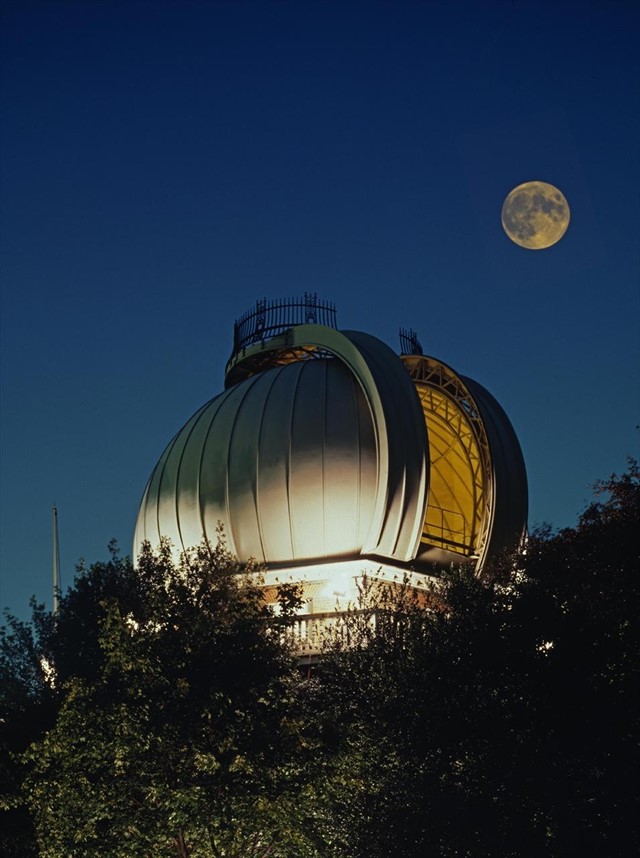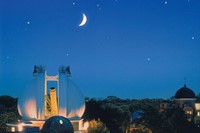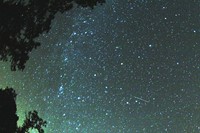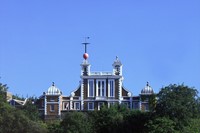These days, the red Time Ball of Flamsteed House is little more than an antiquated oddity amid the picture-perfect surroundings of Greenwich Park. Having once functioned as a timepiece for seafarers to determine longitude...
These days, the red Time Ball of Flamsteed House is little more than an antiquated oddity amid the picture-perfect surroundings of Greenwich Park. Having once functioned as a timepiece for seafarers to determine longitude as they passed down the Thames (at 1pm it drops from the top of the pole to the bottom), the mechanism and the building to which it is attached are now tourist attractions, standing atop the park’s hill with a view of the river, the Docklands and the brand-spanking new Olympic Sites.
Even as the surrounding Park is progressively taken over by preparations for the games, including a 22,000-seat stadium and a cross-country course, the Royal Observatory and its planetarium will remain an oasis of calm, with telescopic eyes fixed firmly on the heavens. With a programme of events this Summer including Measuring the Universe – a series of talks and shows that ask the question “How big is Space?” – and the installation of safe solar telescopes, visitors will be given the opportunity to get up close and personal with the cosmos and its constellations.
"In July and August the Earth also passes by the Swift Tuttle, a cluster of rocks that cause the famous Perseid meteor shower"
“Using our specialised telescopes, you will be able to see solar flares and prominences”, explains resident astronomer Marek Kukula, who is urging us all to keep our eyes on the skies over the coming months. With nightfall, things become even more interesting: “every year in August the Earth passes through a trail of dust left behind by Comet Swift-Tuttle,” he adds. "As these dust grains strike our atmosphere they burn up, producing the famous Perseid Meteor shower, which peaks around the middle of the month."
This, coupled with the transit of Venus in mid-June, will make for a Summer of astronomic proportions, and not just in the world of sport. As athletes break speed records across the city, the museum will be taking us back to the origins of time itself; leading us on a visual history of maps and astronomical charts and explaining some of the activity that will be witnessed in our skies.
Click here for information about events at The Royal Observatory.
Text by Nathalie Olah



